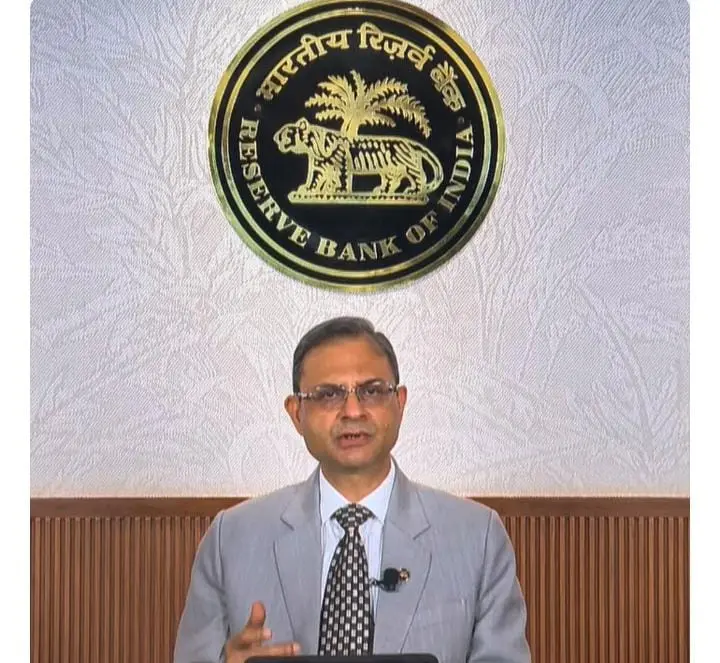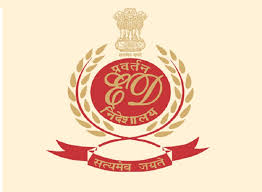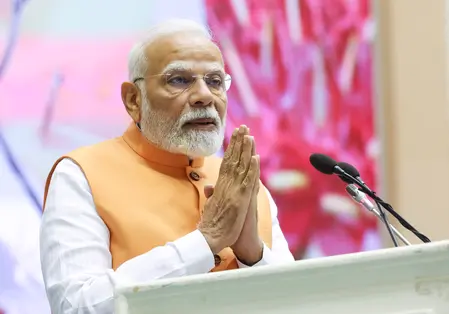New Delhi: There is no proposal under consideration of the Government of India for restoration of Old Pension Scheme (OPS) in respect of central government employees covered under National Pension System (NPS), Parliament was informed on Monday.
The government had moved away from OPS due to its unsustainable fiscal liability on the government exchequer, Finance Minister Nirmala Sitharaman said in a reply in the Lok Sabha.
NPS is a defined contribution-based scheme which was introduced for central government employees (except armed forces) joining service on or after January 1, 2004.
With a view to improving upon the pensionary benefits for such employees, a committee was constituted under the chairpersonship of the then Finance Secretary to suggest measures to modify the NPS, she said.
Based on the deliberations of the committee with stakeholders, Unified Pension Scheme (UPS) has been introduced as an option under NPS with the objective of providing defined benefits after retirement to the central government employees covered under the NPS, she said.
The features of UPS, including the definition of family, have been designed in such a way as to ensure payment of assured payouts while also maintaining fiscal sustainability of the fund, she said.
Further, she said, the government employees who opt for UPS under NPS would also be eligible for option for availing benefits under the CCS (Pension) Rules, 2021 or the CCS (Extraordinary Pension) Rules, 2023, in the event of death of the government servant during service or his discharge on the ground of invalidation or disablement.
UPS has been introduced through a notification by the government on January 24, 2025, as an option under NPS, she said.
Under UPS, she said, assured payout is admissible on retirement at 50 per cent of the twelve-month average basic pay, immediately prior to retirement after a minimum 25 years of qualifying service.
In case of a lesser qualifying service period, proportionate payout would be admissible, she said.
Replying to another question, Sitharaman said the stock of household financial liabilities has increased by about 5.5 percentage points from March 2020 to March 2024, while the stock of household financial assets has increased by 20.7 percentage points during the same period.
Thus, the net financial position of the households (stock of assets minus stock of liabilities) has improved as of 2023-24, she said.
As per information received from the Reserve Bank of India (RBI), she said, the penetration of retail loans of banks (retail loans as a per cent of gross loans and advances after adjusting for the merger of a non-bank with a bank) has increased moderately from 30.94 per cent in March 2024 to 31.48 per cent in March 2025.
However, she said, the pace of year-on-year growth in the retail loans has moderated from 17.61 per cent in March 2024 to 14.05 per cent in March 2025.
The asset quality in the retail loan segment of scheduled commercial banks is largely stable, with a Gross Non-Performing Assets ratio of 1.18 per cent as of March 2025, she said.
Further, the share of unsecured retail loans is relatively low at 25 per cent of the retail loans and 8.3 per cent of aggregate gross advances.
Moreover, she said, as per the latest data published by the National Statistics Office (NSO), Ministry of Statistics and Programme Implementation (MoSPI), the net household financial savings have increased from Rs 13.3 lakh crore in 2022-23 to Rs 15.5 lakh crore in 2023-24. Therefore, it is not likely to be of systemic concern to the asset quality of Indian banks.






